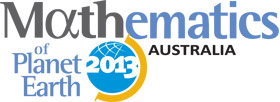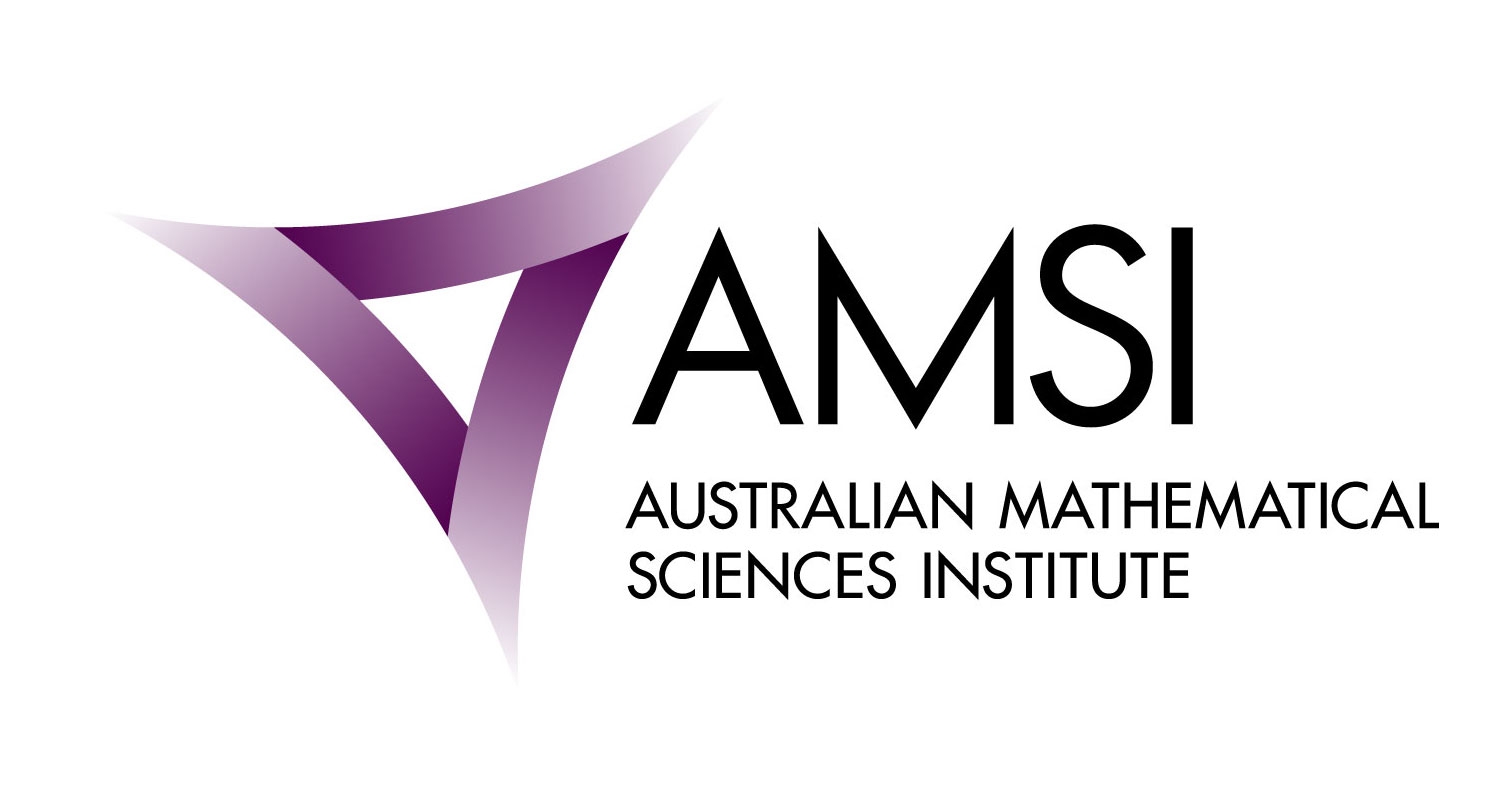The AMSI workshop on
Mathematics of
Transportation Networks
MPE PUBLIC LECTURE
Cheap Solutions to The Transport Problem
Presented by Prof Mark Wallace
The term “rush hour” is out-of-date: morning traffic congestion in Melbourne lasts from 6:30 until 9:30am. The annual cost of congestion to Victoria is estimated to rise from $3 billion to $6 billion by 2020. It is estimated that more than 20,000 trucks move through Melbourne's inner west each day, but the East-West Link project - an 18-kilometre inner urban road connecting the Eastern Freeway and the Western Ring Road - would help reduce this traffic. It will cost $13 billion (so far $15M for writing the business case). Eddington’s 2008 rail and road recommendations cost $18 billion.
Mathematicians in Melbourne are exploring another way to keep traffic flowing on the existing roads and rails. Mathematical control of new traffic lights at the M1 freeway entrances, has already increased the M1 capacity by 3000 vehicles per hour. This is merely a small improvement compared with the traffic revolution currently taking place.
The new generation of vehicle communication systems will enable vehicles to drive faster and closer together with lower risk. This could increase traffic throughput by a factor of four. A broader vision is to schedule all transport. Suppose you notified the transport system each time you started a journey, then it could schedule your road use to balance out traffic across the road system and minimise congestion. Simulations show that even with a small percentage of drivers using the system, users could reach their destination in half the time.
The majority of freight in Melbourne goes on small vans. Just by introducing a small number of transfer points, so that vans are used more efficiently, simulations indicate an immediate 25% reduction in van road usage. Public transport take-up in Melbourne is limited because buses are too few and far between, so mathematicians are developing adaptable bus schemes using communication devices and scheduling algorithms to make sure there’s a bus where and when you need it.
Mathematics will make it possible to solve Melbourne’s transport problem without spending tens of billions of dollars on new infrastructure. The costs will be closer to just writing the business case for the infrastructure investment!
Location
Theatre S3, Building 25 (map reference D2 in the campus map linked above)
Monash University, Clayton Campus
Melbourne VIC 3800
Clayton campus map is available here.
Parking is free in the BLUE permit zones in the N1 multi-level carpark (map reference B2 in the campus map linked above).
Date and time
18/06/2013
Tuesday: 6:00pm - 7:00pm
(Reception will start at 5:30pm in the foyer outside Theatre S3.)

